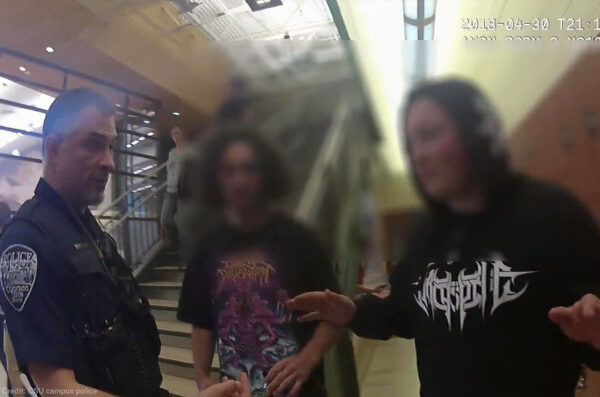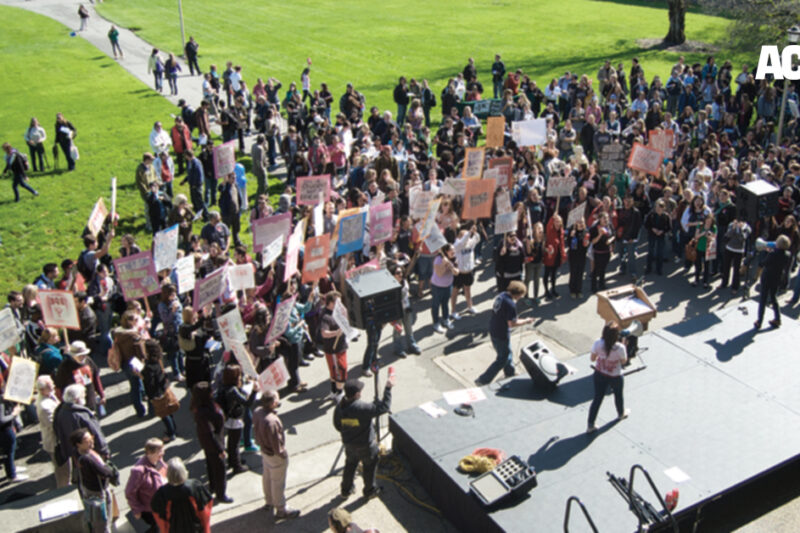
We have seen it again and again: A Black or brown person is sitting in a Starbucks, in a public park, touring a college they hope to attend, or sitting down in the college they already attend. And then someone calls the cops on them for looking like they тdonтt belongт or are тout of place.т
Police departments have choices about how to react to such biased 911 calls. All too often, however, they let themselves be used to weaponize the biases of those who call them. Thatтs why police need to adopt better policies and training to address these calls when they come in.
The Problem
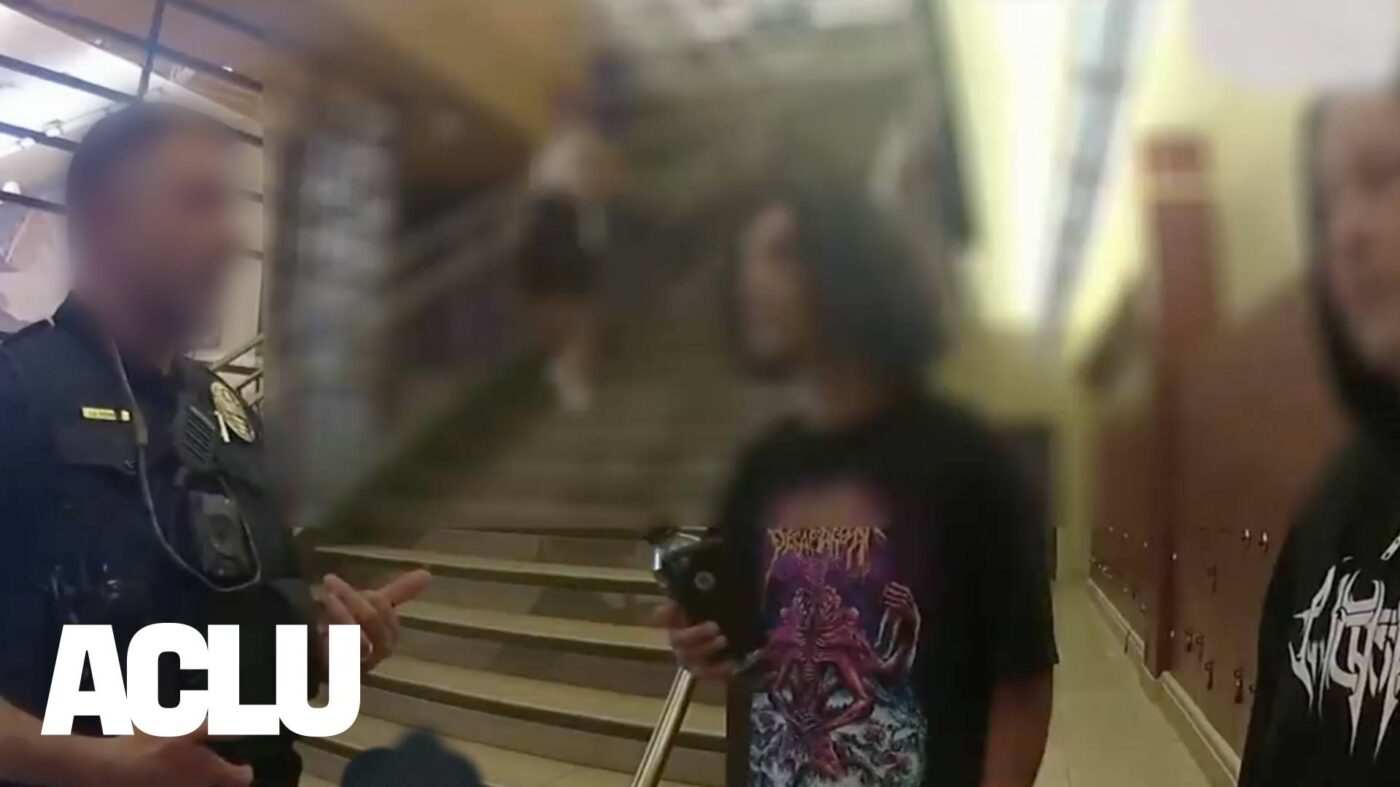
The Roadmap
Every college and university is different, so the best tactics and strategies will differ from campus to campus. But there are some common threads to take into account:
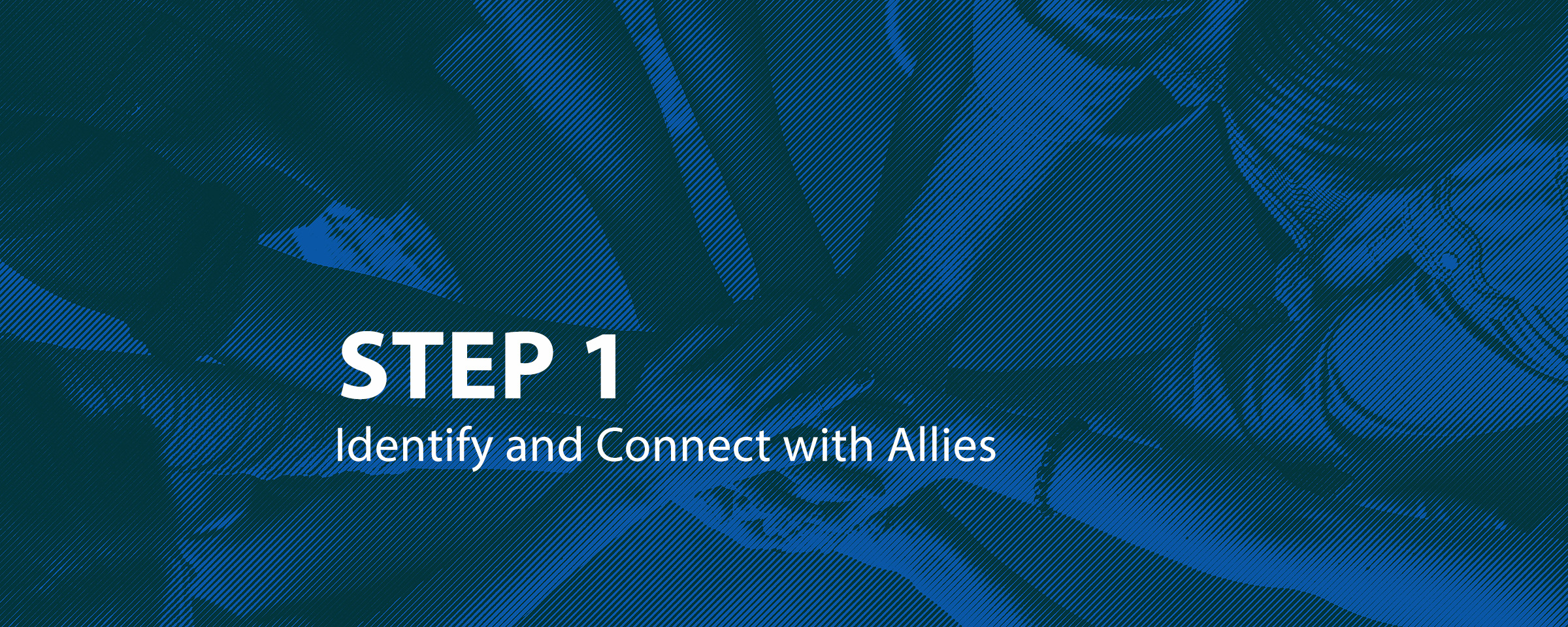
Educate Fellow Students
As a first step, you should ensure other students are aware of what youтre doing and any potential action you may be taking. Getting coverage from the campus newspaper and any other campus news outlets, as well as getting the word out through social media, are good ways to accomplish this.
Secure Support from University Constituencies
- Student of Color Affinity Organizations
- As the official gathering points for students of color on campus, the campus affinity organizations are important to involve at an early stage. After securing their support, you should collaborate on organizing protests, drafting and gathering signatures for petitions/coalition letters to the administration, and outreach to alumni of color. The affinity organizations--and any alumni who remain in contact with the organizations--can also be a valuable repository of institutional memory about past struggles to secure better policies and practices.
- Other Student Organizations
- Other organizations can also collaborate on organizing protests, drafting and gathering signatures for petitions/coalition letters to the administration, and outreach to alumni. The presidentтs office is more likely to respond to a vast, diverse group of students demanding change, so the more student organizations you can get invested in your campaign, the better.
- Student Government
- The student government is usually limited to a more narrow range of activities than other student organizations. However, the student government can pass resolutions in support of policy change, which can carry some weight with campus administrators by showing broad support for the proposals. Some student government officials may also have the ability to send college/university-wide emails informing students of events and other information. If this type of system is in place at your institution, it is another reason to seek support from members of student government.
- Faculty
- Faculty members can work in the Faculty Senate or equivalent body to pass resolutions of support. They can also offer strategy advice, use their connections to help you get media attention, and facilitate connections to alumni. Note that tenured faculty are more likely to be willing to take risks than younger, untenured faculty.
- Alumni
- Alumni can send letters to college/university administrators supporting your campaign. Such letters--especially if they come from alumni who have strong records of donating to the college/university--can get the attention of administrators. Some alumni can also play a bigger role in providing strategic advice and offering connections. They may also be able to organize fellow alumni to carry out letter-writing, phone-calling, or other activities to support your campaign. The most important thing to keep in mind when contacting alumni is that you want to present them with clear, discrete asks. There is a good chance they have busy lives, so keeping it simple is the best way to get commitments from them.
Join Forces with External Allies
By тexternal allies,т we mean organizations unaffiliated with the college/university. Such organizations can typically provide letters of support or sign multi-organization coalition letters, provide strategic advice, and amplify your public advocacy. Their voices can also provide external credibility and validation to your campaign. While they are typically not the first places to look for allies, their assistance can be very helpful.

Current policies can typically be obtained from the campus police department or from student life deans.
If you have difficulty getting copies, then it would make sense to set this as your first demand. If you are at a public university, you may also be able to request the policies through state public records laws. The Reporters Committee for Freedom of the Press maintains a useful that can help you in drafting and sending such a request.
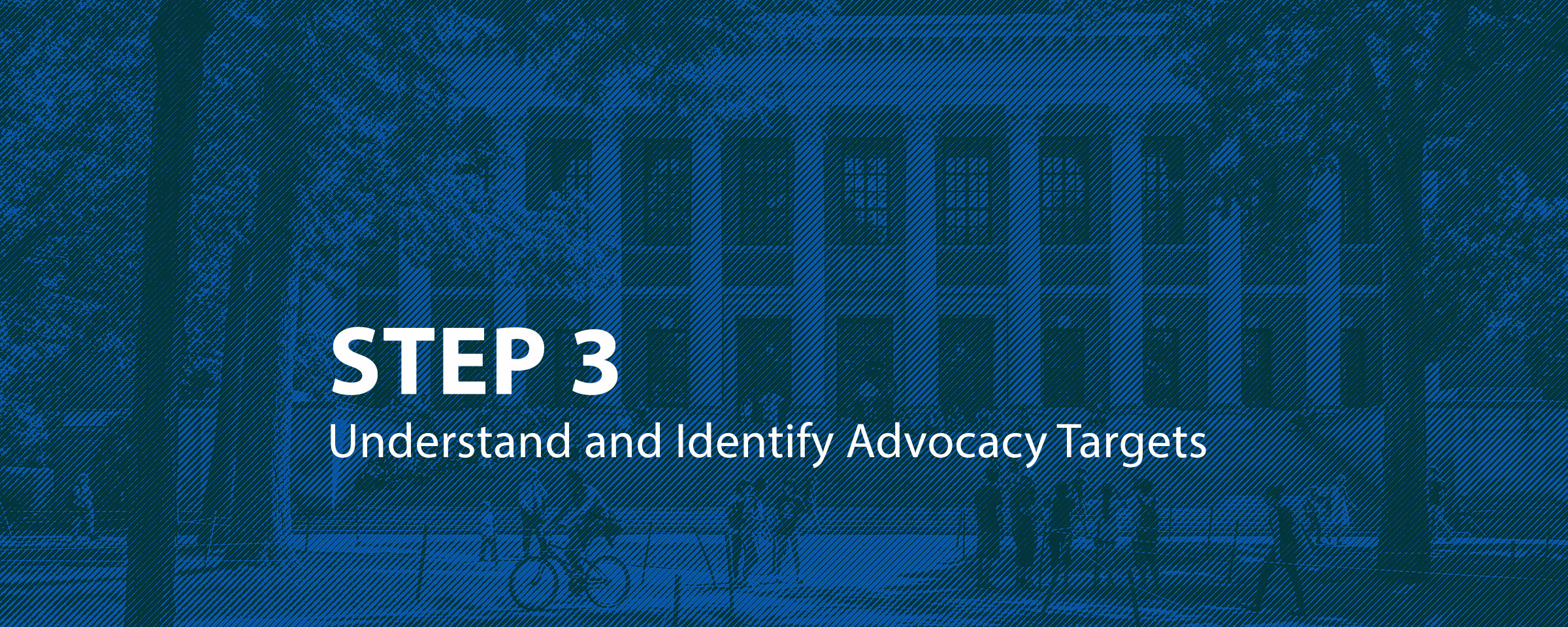
These are the officials who have control and influence over campus police policies. You should target your advocacy based on their specific roles, which we discuss below.
Campus Chief of Police
The Chief of Police is directly responsible for administering the police department and for setting its policy and training requirements. However, the Chief of Police ultimately answers to the College President. For this reason, unless the Chief of Police can be enlisted as an ally, it will usually make more sense to focus pressure on the College/University President.
Dean
A wide range of deans (or administrators with similar titles) manage various aspects of the institution. At a university, this will include the head deans who lead the undergraduate school as well as the various graduate schools, along with a corps of deans underneath them who manage discrete aspects of each school. At a standalone college, however, the deans will only manage various aspects of undergraduate life and education.
For the most part, the deans may be useful allies or sources of information, as they have the ability to elevate the issue at hand and often have direct lines of communication with the presidentтs office. At smaller institutions, however, they are not the primary targets of your advocacy. At a larger and more complex institution, the head dean of the undergraduate college and the head deans of graduate schools may be advocacy targets if they play a significant role in setting policies defining the role and scope of campus police. They may also be advocacy targets if they play a significant role in setting requirements for anti-bias training for staff at their respective schools.
College / University President
As the chief executive of the institution, the University President has the final say on most operational issues, including directing the Chief of Police to adopt policies and training. Additionally, the President is responsible for articulating the values of the university, ensuring it remains on a sound financial footing, and must respond to pressure from alumni and donors. This means that the President both carries the ultimate responsibility for policy change and can be pressured from different directions--the best combination for achieving change.

In cooperation with the other constituencies you identify as allies, you should develop a list of demands that includes the model policy and a small list of other items that are closely related to the issue of setting policies that help Black and brown students feel a greater sense of belonging in the campus community. This list will vary depending on what issues have been the primary focuses of existing student campaigns, but likely issues include creation of ethnic studies programs or departments, creation of affinity housing, and greater efforts to diversify the faculty and student population.
You should be careful not to allow the list to expand into a laundry list of fixing literally everything that is wrong with the campus. This dilution of focus will make it more difficult for you to accomplish any of the goals listed, both because of the sheer number of different demands and because it will make it hard for you to describe the campaign as resolving a specific problem with a specific policy solution.
As you go through the process of selecting this list, you will likely need to divide your campus allies into two categories: The inner circle of allies with ownership and control over the campaign, and an outer circle of consulting allies. Make sure that your inner circle includes the more politically engaged student of color affinity organizations, and that your selection of allies will protect your coalition from any divide-and-conquer tactics by campus administrators or fellow students who disagree with you.

After assembling your coalition and finalizing your demands, you should present them to your advocacy targets. Although the college/university administrators may prefer that you do this quietly and without fanfare, the better long-term strategy is to make a large, public announcement and to use public pressure as a form of accountability.
Exercise Messaging Discipline
An important preparatory step is to agree on a set of talking points and key messages with your allies before the public release. This ensures that as you present your demands, you and your allies will be showing a unified front to both decisionmakers and the public.
Some of the strategies that you should consider using as you develop these talking points and key messages:
- Research the college/universityтs own value statements on diversity, equity, and related issues. Use these statements to explain that you are urging the institution to adhere to its own stated values.
- Emphasize that the institutionтs response will not only affect current students of color, but have an impact on its ability to recruit students of color in the future.
Finally, you should always keep in mind that the ultimate goal of your efforts is to change college/university policies. That means you should focus on the people with the power to change these policies and those who can influence them. Do not allow this to become a referendum on the good or evil nature of the particular individuals who called the police in any one incident. Your goal here is to attack a systemic problem.
Use Public Advocacy
As noted above, public advocacy functions as a form of accountability. If administrators delay, hedge, dissemble, or stiff-arm you in response to your demands for change, then public advocacy can be used to shame them into action.
Some of the tools of public advocacy you can use:
- Social media: Posting information on social media can help spread the word in your social circle. Also, this goes without saying, but social media can be a form of mass communication if your post goes viral.
- Print interviews: Interviews with print reporters are an excellent way to get information out to the public. Make sure to come to the interview fully prepped with your talking points and messages memorized, and try to stick to those messages as much as possible. Be careful about getting too casual with the reporter--everything you say is presumed to be on-the-record unless you explicitly agree otherwise beforehand. (Also, different reporters have different definitions of what тoff the recordт means--you should clarify what тoff the recordт means each time.)
- Broadcast interviews: Audio and video broadcast media (radio, podcasts, TV, etc.) are another excellent way to get information out. In addition to the prep work you would do for a print interview, you should also practice saying your talking points out loud beforehand in front of a mirror so that you look and sound polished. If you are appearing on TV, plan your outfit in advance, and try to wear solid colors (stripes often create strange moiree patterns on the screen).
- Op-eds: Op-eds are an especially useful way of gaining greater visibility and ensuring your message is expressed in a public venue after the first round of press coverage. You should aim for about 500 to 700 words, and make sure to have the op-ed fully written before you pitch it to an editor. Also note that even if your piece is accepted for publication, there may be a long editing and fact-checking process before the piece is published. Make sure to be on top of your email account!
The РЯАФУХПЊНБНсЙћ can assist with these strategies as well.
Plan Events
Events are a means of both educating people about your campaign and ensuring that there is continued energy and momentum around it. Some examples of events to plan:
- Protests can be focal points for public/media attention and be a way of mobilizing people. A protest is also a dramatic way to deliver demands, criticize inaction by the administration, or respond to negative decisions by the administration.
- Speaker panels, teach-ins, and other education-focused events can be helpful for getting more people involved and interested. They are also a good way of getting faculty members and external allies to offer visible support.
- Delivery of petitions or other documents to decision makers can be another way to focus attention on the administrationтs inaction and secure more public/media attention.

Step 6
Keep the Pressure On
Cooperate in Decision-Making Processes, But Don't Be Co-opted
It is common for universities to form committees to determine whether policy changes are appropriate. If the universityтs response is to form such a committee, you should push for robust student representation on this committee and ensure that the students appointed to the committee include those pushing for policy changes. While the work of such committees is generally slow-moving and can drain energy and momentum from activists and organizations, it is also a process that can yield good results.
The chief danger you must guard against is individual co-optation. Student members of the committee must remember that they are there to represent the interests of Black and brown students on campus, not see this as a chance to elevate their own profiles and curry favor with faculty and administrators. They must remain accountable to the student organizations and communities that helped put them on the committee.
You must also guard against the inevitable loss of energy associated with handing decision making power over to the committee. Continue planning events to keep the pressure on the administration, educate students and faculty about the issue, and make clear to the committee members that they must develop a plan which endorses substantive policy changes that respond directly to your demands.
Identify Future Leaders to Continue the Fight
One of the major ways that colleges and universities avoid making necessary changes is by simply outlasting the people who begin the efforts to advocate for such changes. They know that every undergraduate will be at the institution for only four years, and are betting on the fact that interest in the campaign will wane after the first round of leaders graduates.
For that reason, you should be recruiting new leaders who will take over after you graduate, starting at a relatively early stage (you can easily advertise your campaign at the beginning of the year events, including student organization fairs and orientation for freshmen). Develop succession plans and identify whether the campaign should be housed in an existing recognized campus organization or if it would make sense to pursue recognition as a separate organization.
After graduation, you should also stay involved as an alumna/us. You can provide monetary support to the campaign after you graduate and help support the campaign in other ways--for example, coordinating with your successors to organize alumni letter-writing efforts or other forms of pressure.
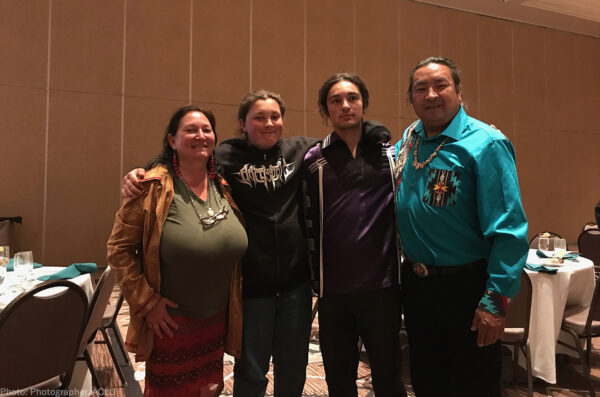
A Woman Called the Police on My Native American Sons While They Were on a College Tour | РЯАФУХПЊНБНсЙћ

How Police Can Stop Being Weaponized by Bias-Motivated 911 Calls | РЯАФУХПЊНБНсЙћ

Racial Justice
Americaтs Criminalization of Blackness
